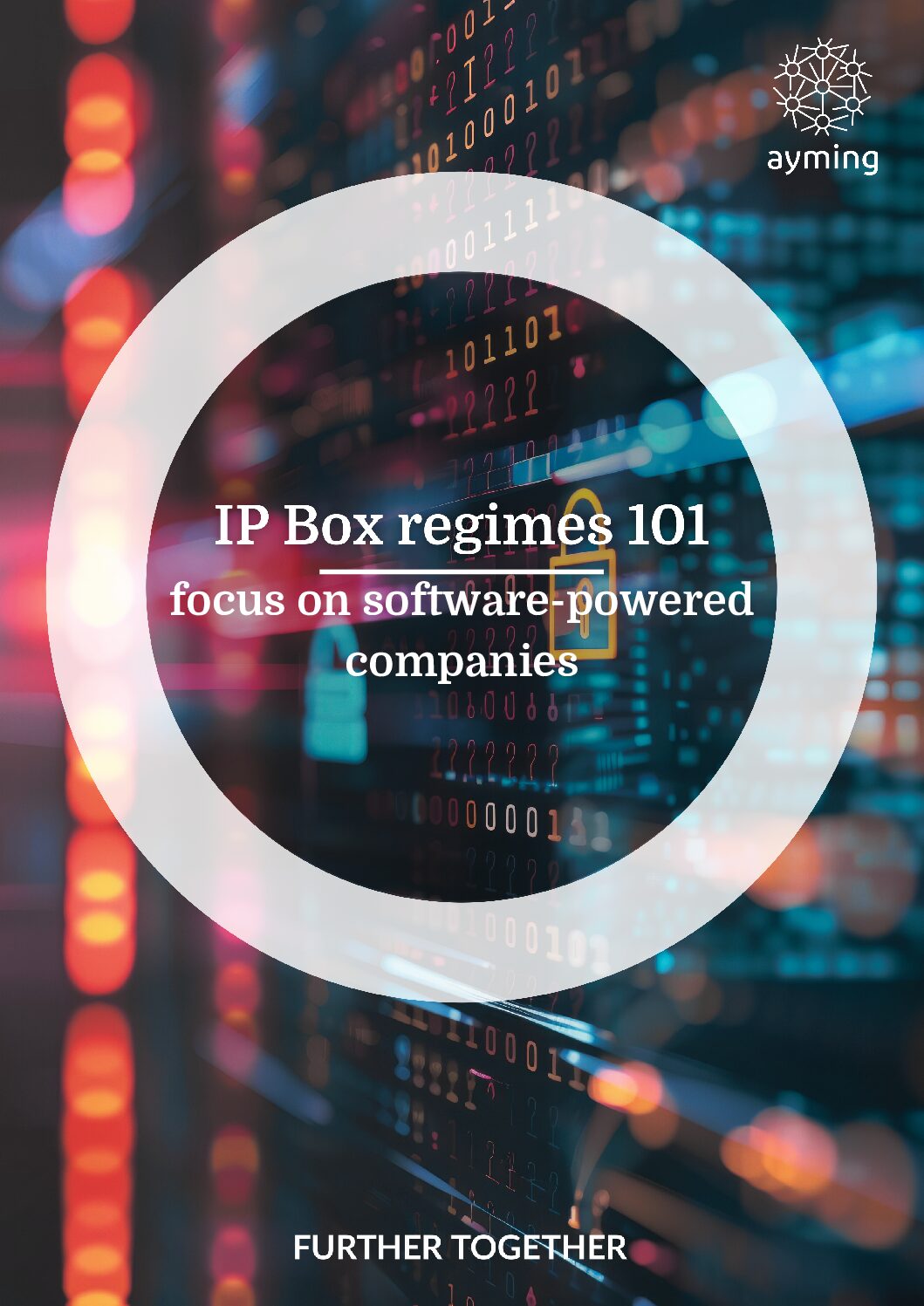The digital transformation of industry, amplified by the rise of AI, compels companies to make substantial investments to innovate and stay competitive. Through the Innovation Income Deduction (IID), they receive crucial support to transform their production and business models. Discover how to maximize these fiscal opportunities to boost your competitiveness.
1. The Challenges of Digital Transformation in Industry
Digital transformation in industry began in the 2000s with massive investments in software and data analysis. These initiatives not only aimed to increase productivity but also to develop high-value digital solutions, transforming customer interactions and redefining business models.
This transformation has accelerated in the past decade, with Industry 6.0—defined by AI and autonomous, self-adapting systems—expected to emerge by 2050.
The last time a technology as transformative as AI emerged was the Internet in the 1990s. With the AI market potentially reaching nearly $1 trillion by 2027, companies must dedicate significant resources to R&D and integrate AI solutions to remain competitive.
2. Innovation Income Deduction in Belgium
Belgium’s Support for Innovation
Recognizing the need to support industries in their digital transformation, in 2018, the Belgian government expanded the scope of the Innovation Income Deduction (IID) beyond patents to include other intellectual property rights, such as innovative software. Under its updated framework, this scheme enables companies to benefit from an effective corporate tax rate of only 3.75% on income generated by innovative software.
A Broad Fiscal Incentive
The IID is especially attractive due to its wide applicability. It applies not only to “direct” income from software commercialization but also to added value from embedded software and productivity gains from software used in internal operations. Companies can leverage this tax relief to finance projects that:
- Automate production processes
- Optimize supply chains and resource consumption
- Prevent equipment maintenance to avoid costly downtime
- Strengthen cybersecurity
Patent Filings Driven by Digital Advances
Companies can continue to leverage their patents. The IID’s scope remains broad; even if a company only holds usage rights or licenses for a patented technology, it can benefit from the IID, as long as it continues to invest in R&D and integrates the patented technology into its operations. As digital transformation drives innovation, it also leads to increased patent applications, particularly in health, IT, and clean technology sectors.
3. Navigating the Complexity of the Innovation Income Deduction
Beneficial but Complex
While the Innovation Income Deduction provides significant financial benefits, it can be complex to implement. Calculating these tax benefits involves intricate accounting, especially for embedded software in a product or service, or for software or patents used for internal purposes.
Given this complexity, using the Advance Decision (Fiscal Ruling) procedure with the Advance Decision Service (SDA) has, paradoxically, become the norm.
Our Expert Advice for Maximizing Your IID Benefits
Our team of experts is here to help you maximize your benefits. From optimizing your tax position to ensuring compliance with all legal requirements, we provide comprehensive support to help you make the most of your innovation efforts.
Tony Bulcaen, Director of Innovation Performance at Ayming

“It’s never too early to submit an innovation income deduction application. Some companies may hesitate to undertake a feasibility study due to low income or minimal taxable revenue, or even none.
However, any annual gross income related to innovation that is not accounted for is lost forever. Additionally, any unused tax deduction can be carried forward indefinitely, in terms of both time and value. These are compelling reasons for any innovative company looking to optimize its innovation-related revenues.”










No Comments